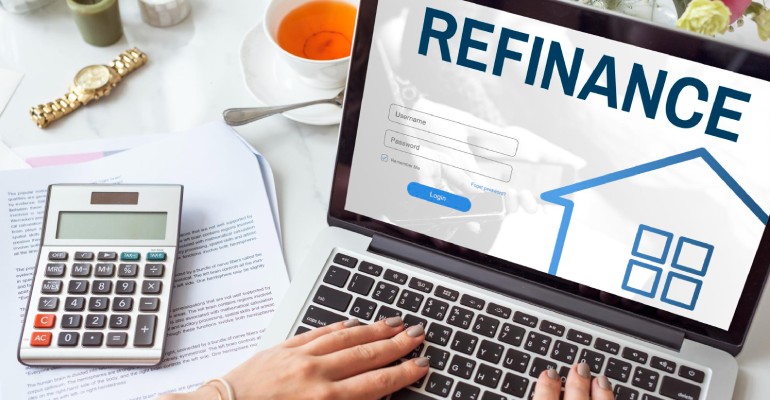Introduction
With interest rates on the rise, homeowners may be wondering if refinancing their existing home loan is a wise decision. In some cases, refinancing can help you save money over the life of your loan or provide you with the flexibility to meet your financial goals. In this blog post, we’ll explore the benefits of
refinancing in a high-interest-rate environment and provide an example with calculations to demonstrate the potential savings.
Lower Your Interest Rate
One of the main reasons to refinance your home loan is to secure a lower interest rate. Even a small reduction in your interest rate can lead to significant savings over the life of your loan. Whether your fixed loan is just expired, and lenders are not willing to lower interest rate and want to stick to the high comparison rate.
Example:
Let’s assume you have a 30-year of loan term and mortgage of $500,000 with an interest rate of 6.5% your repayment per month will be around $3,160. If you refinance to a new 30-year loan with an interest rate of 6.0%, your new monthly payment would be approximately $2,997, resulting in a monthly savings of $163.
Over the life of the loan, you would save a total of $58,532 in interest payments.
Want to check your repayment?
Shorten Your Loan Term
Another reason to consider refinancing is to shorten the term of your loan. By switching to a shorter loan term, you can build equity in your home faster and pay off your mortgage sooner.
Example:
Using the same original mortgage details as above, ($500,000 at 6.5% interest), let’s assume you decide to refinance to a 15-year loan with a 6% interest rate. Your new monthly payment would increase to $4,219.28, but you would pay off your mortgage in half the time.
Over the life of the 15-year loan, you would pay only $259,471 in interest, compared to $637,722 in interest for the original 30-year loan. This results in a total interest savings of $378,251.
Equity Release
If you have built up equity in your home, a refinance with equity out, allows you to tap into that equity to achieve your financial goals. This could include paying off high-interest debt (Debt Consolidation), investing in home improvements, or increasing your property portfolio.
Example:
Suppose your home is now worth $800,000, and you have a remaining mortgage balance of $500,000. You could refinance your mortgage for a new loan amount of $640,000, (at 80% LVR, can go up to 90%) allowing you to access $140,000 in cash.
Keep in mind that this option increases your loan balance, and you should carefully consider the long-term implications of this decision.
Conclusion
Refinancing your existing home loan in a high-interest-rate environment can offer significant financial benefits. By lowering your interest rate, shortening your loan term, or accessing your home’s equity, you can better manage your finances and work towards your financial goals. However, it’s essential to carefully evaluate your individual circumstances and consult with a mortgage broker or financial advisor to ensure refinancing is the right decision for you.

